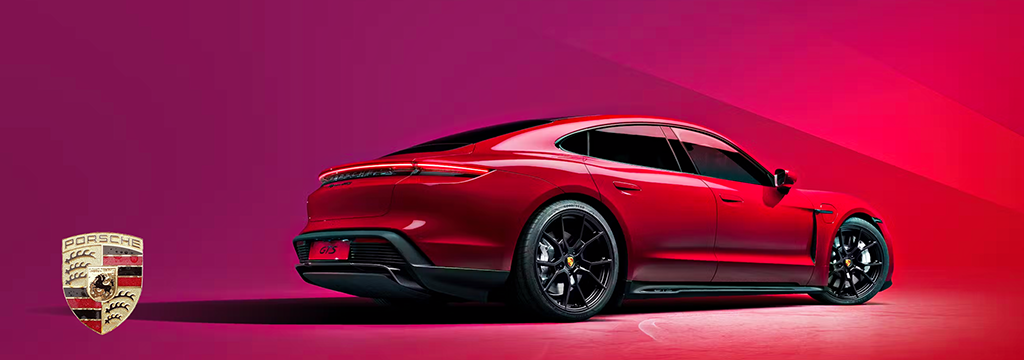2012 tech design trend forecast, part 2.

If you missed predictions 7-12, read part one 1 of Frog‘s tech trend forecast for 2012. [via Fast Co.]
6. Low-End Mobile Innovation
Smartphones will make significant inroads into an entirely new segment: the lower end of the mass market and the “base of the pyramid.” Huawei’s sub-$100 Android smartphone has already had significant success in Kenya, and major manufacturers are quickly following suit across Africa, India, Southeast Asia, and South America. These cellphones will not be notable for hardware innovations, as they’re stripped-down versions of their more expensive and feature-packed brethren. However, they’ll be notable for the fact that an eager population will be discovering the world of mobile technology and apps for the first time. This population is filled with experimenters, tinkerers, and developers who will unleash a new world of apps that address their own needs and pain points–those that have gone ignored by the companies catering to the top end of the market.
5. Interaction Becomes Gestural
User interaction with technology is going above the glass. You no longer need an explicit tool or even direct manipulation to drive a user interface. With the ability of technology, like Microsoft Kinect, to see users’ movements in space, gestures are being added to traditional methods in new layers of interaction. Designing with this in mind requires new thinking about dexterity, ergonomics, and whether someone might feel silly or offensive with certain gestures. We are so involved in this space right now that we’ve had to move our design technologists’ desks to create enough room for all the hand-waving movements.
4. Flourishing Commerce in the Post-PC Era
We will likely see firms convert their successful web experience to a more streamlined mobile and tablet capability. But as consumers’ experiences with these rapidly evolving post-PC platforms mature, they will expect much more. The post-PC platform affords mobility, portability, payment capabilities, video and collaboration, location awareness, natural language processing, gestures, and so on. Clever firms will wield this fresh and evolving palette to craft engaging experiences in the real and virtual worlds. The aim will be to drive customer delight, loyalty, and engagement.
3. Remote Collaboration
Given the demand for more connectivity between both people and places, it feels like technology is far behind in addressing the need to work efficiently and with the same “directness” of talking to a person in the same room. We are so far away from a high-def experience that we may want to reconsider sending a smoke signal. Make no mistake, technology is moving fast, as shown by the popularity of Skyping with friends and family across continents. Unfortunately, the truth is that most of our conversations across distances are far from perfect and no fun at all. We need creative collaboration between design and technology to rethink these experiences so that they are more fulfilling and “direct” activities in our lives.
2. Biomimicry
We’ll see increasing numbers of scientists, technologists, architects, corporations, and even governments looking to biomimicry–designing objects and systems based on or inspired by patterns in nature–as an efficient innovation strategy. Why? Often, nature can provide examples of energy-saving, environmentally friendly solutions to a variety of technological challenges. These solutions have also been “tested” via billions of years of informal R&D–by animals, plants, insects, and other participants in the natural world who have come up with ways of harvesting water from fog, for example, or possess sleek forms that are more aerodynamic than traditional man-made ones.
1. Reshape: Humans Are Analogue
The way of design is only achievable via creative model-making and prototyping by the designer. Tools, both real and virtual, connect our mind with the real world. However, tools also define how we shape things: Tools’ limitations enhance our deep involvement with them and the materials, and honing our skills ultimately leads to mastership. The curse of “easy” digital tools is to become complacent after relative early “successes.” This can lead to mediocrity and a loss of creative excellence. Like the new “polystyrene slates” of many new electronic products, where excellence is defined by how well the corners are shaped (a re-run of 1950s boxy design), our modern-day digital design software is the cause for zillions of repetitive and bland products. Charlie Chaplin’s classic film of mechanized dehumanization, Modern Times, is a déjà vu of our current state.
Have some predictions of your own? Let us know about them in the comments.



